There aren’t many things that follow us from the time we are a young child all the way up to when we are adults. It’s like whatever was there for us and entertained us as a child is gets less and less interesting the older we get.
Little toy cars, dolls and all the other things that we used to enjoy as children become collector’s items or they most likely just sit in a box in the basement waiting for us to give them away since there is no reason to use them anymore. There are a few things though that can be used again, but those are usually hobby items like train sets or other special collections. Overall though, toys that we used to play with are just sitting idle in some box somewhere now.
There is one thing that most of us experience at the beginning of our learning cycle, and it helps us to develop our minds so we can determine patterns and come up with solutions. What I am talking about is the modern puzzle.
They make us just want to know where all the pieces go, and then put them all together. As a kid, puzzles were simple and with way less pieces, but as we grow older, the pieces get smaller and there are more to put together. It’s not unusual to find puzzles that have 4,000 pieces in the local toy store. I have even seen puzzles that have 10,000 pieces, but what could you possibly do with it when you get tired of it? I mean, putting together 10,000 pieces and then breaking it apart is just not one of my favorite things to do if you know what I mean.
Well, there is one thing you could do. Put them all in one pile and then start building a table and a lamp of them. That’s exactly what designer Rupert McKelvie did, and the result is nothing less than awesome! It’s an homage to the memory of playfulness and how our imagination used to run wild as children.
BONUS
If reading about this incredible jigsaw puzzle is giving the bug to try one, but you don’t have one available, there are a number of online jigsaw puzzle like I’m a Puzzle or the Washington Post jigsaw puzzles where you can play online. Give it a try!
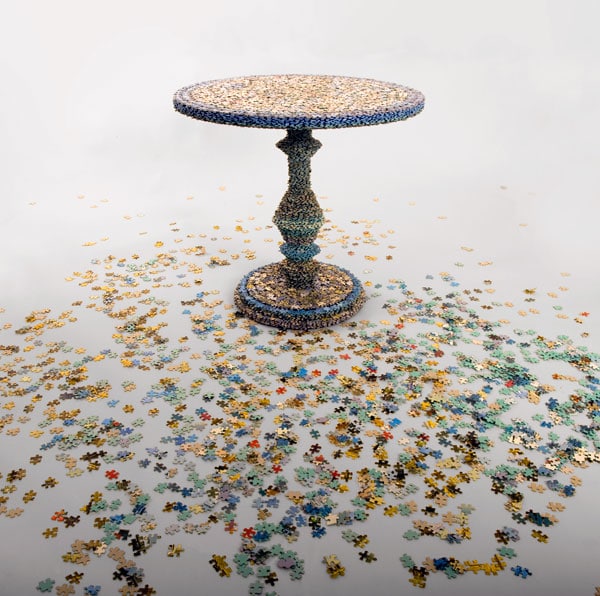
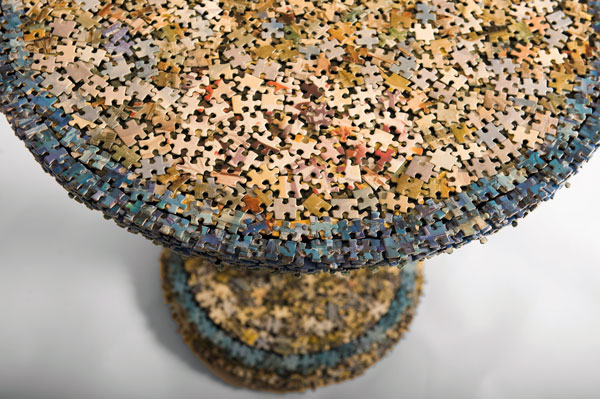
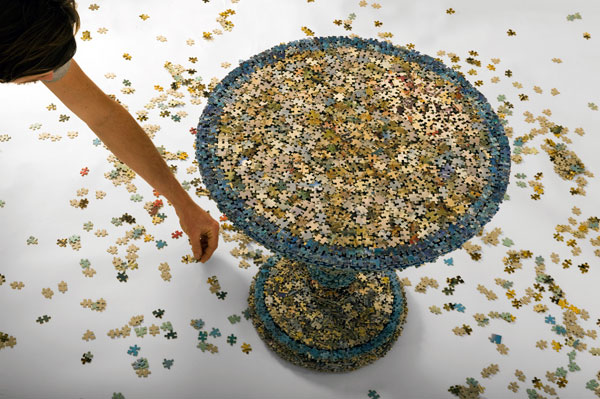
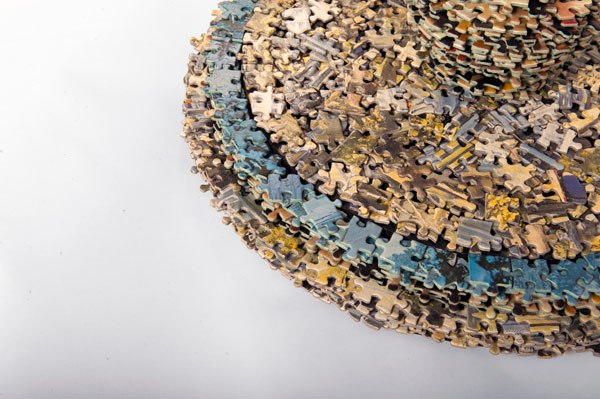
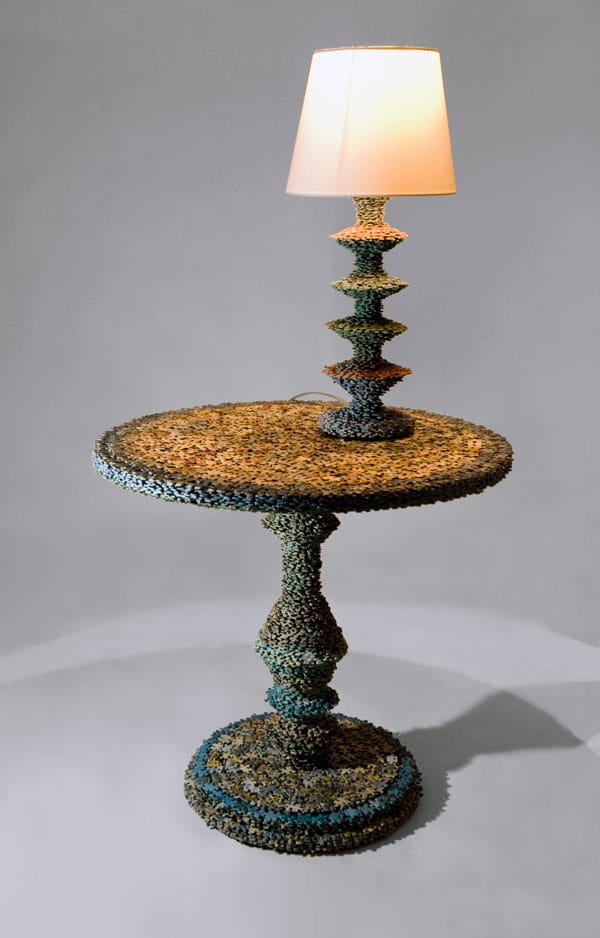
COMMENTS